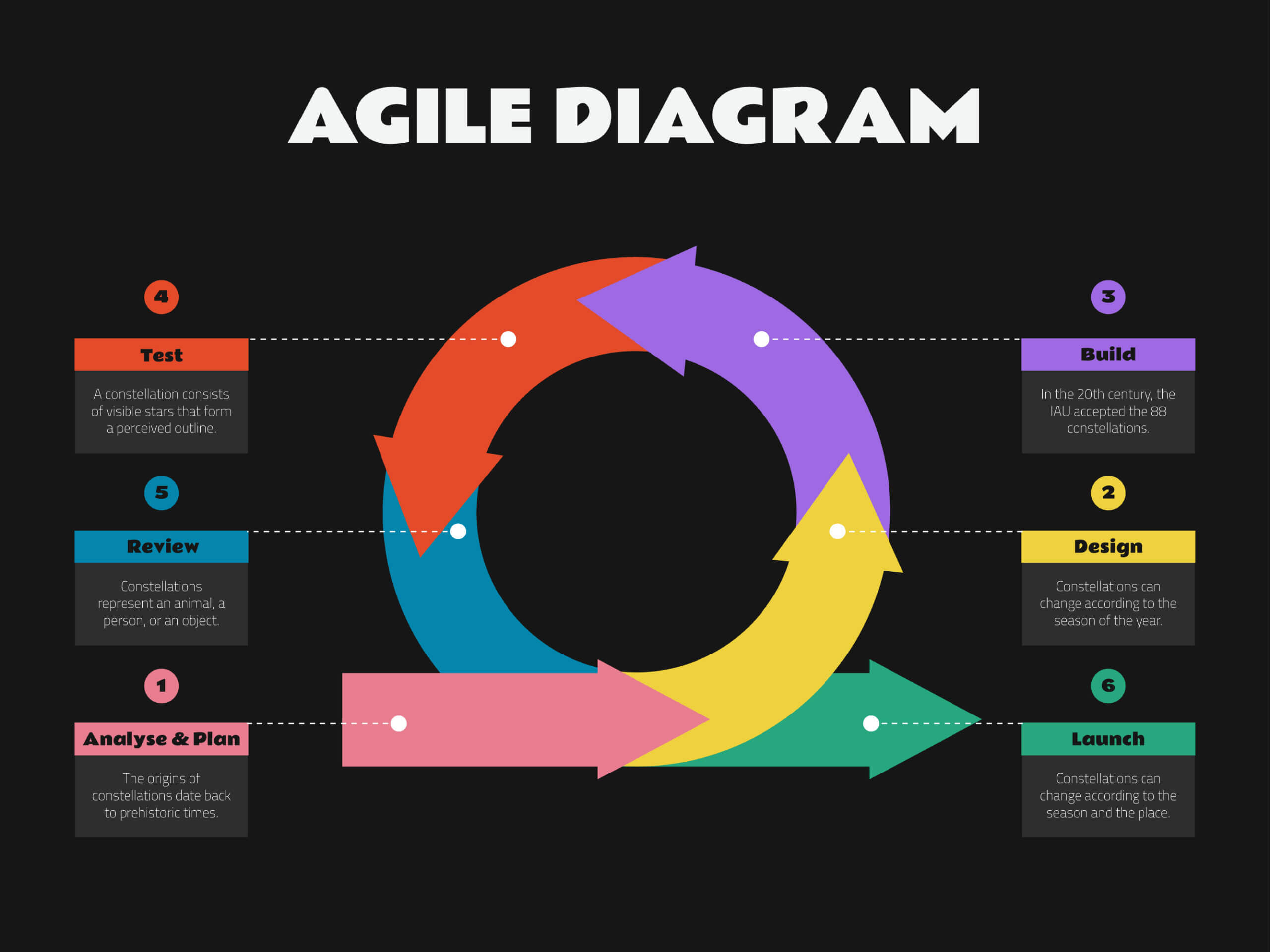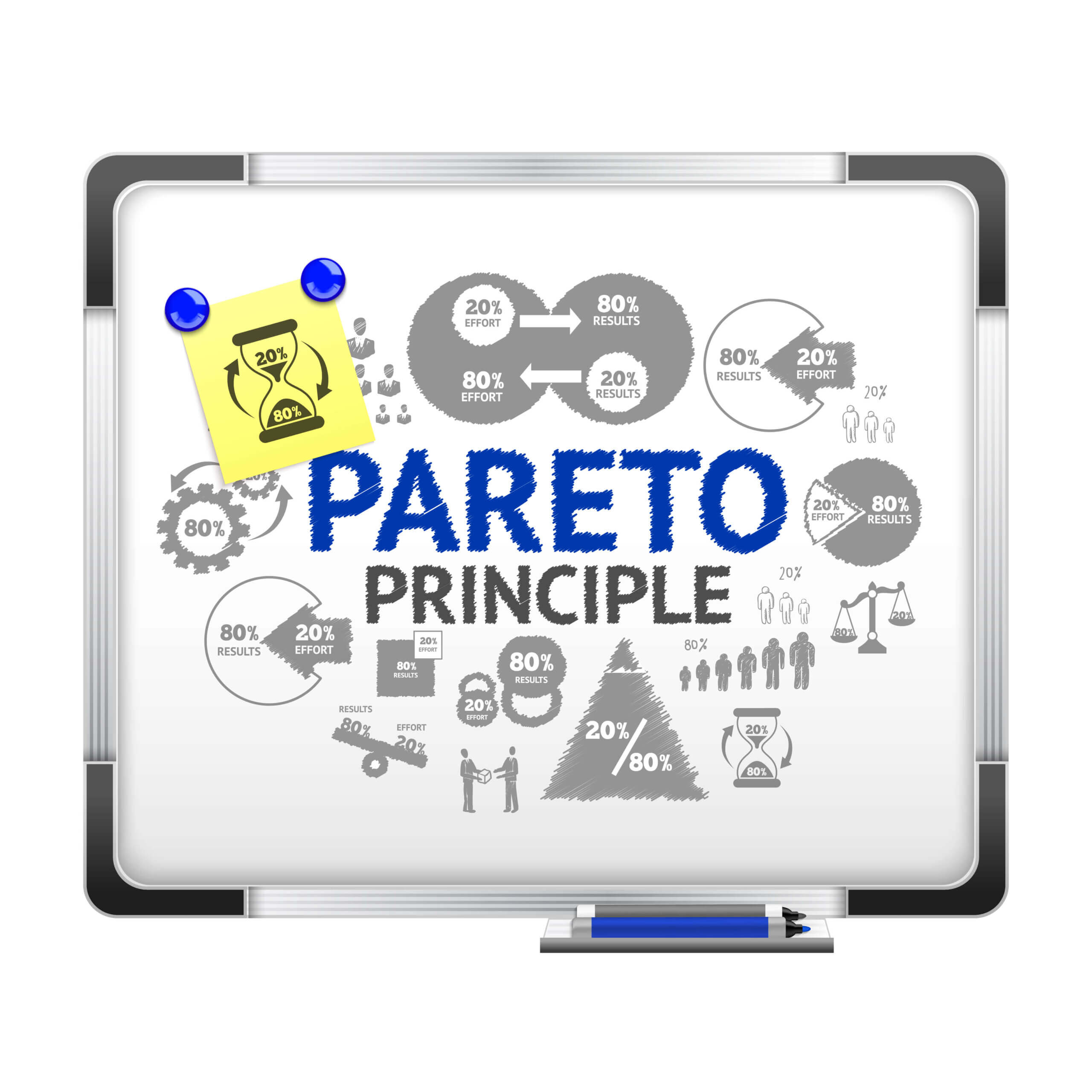A few weeks ago I was assisting a project manager with a troubled project. We reviewed the documentation from the beginning, starting with the usual suspects: project charter, WBS, schedule. They all seemed fairly straightforward and understandable. Once we got to his status reporting though, confusion started. This project’s status reports were spreadsheets about 10 …
Project Management/
PM Methodologies
If you’re a North American reader of this blog them you’re probably familiar with the Project Management Institute (PMI®) and its professional qualifications: Certified Associate in Project Management (CAPM®) and Project Management Professional (PMP®). If you’re a European reader, then you are more likely to be familiar with PRINCE2® and its 2 qualifications: Foundation and …
Quite a few customers are jumping on the ‘Agile’ bandwagon these days, choosing an Agile methodology for specific projects, or for repetitive releases of their product. A challenge they are facing is how to manage and report Agile projects when the processes and templates provided by their PMO have been developed for Waterfall projects. And …
The past few weeks have been quite busy helping a client prepare for an arbitration between a project contractor and the management of a troubled project. An arbitration is less severe than a lawsuit, in that the parties in disagreement choose an ‘arbitrator’ who is well qualified in the industry, to decide who is right …
A few days ago, before the start of a meeting, a couple of developers where discussing ‘Agile’ project management versus the more traditional ‘Waterfall’ project planning. A ‘Waterfall’ approach, you may recall, is the type of project that flows sequentially from stage to stage, much like a waterfall. It came from, and was heavily influenced …
When an organization has the function of deploying multiple initiatives, the question arises: should these be managed as projects? Or should program management enter the picture? If there is an obvious way in which the projects are related, we may opt for program management straightaway. For example: if our organization deploys a few projects per …
Why is PRINCE2® is the most popular project management exam in the world? By Simon Buehring During September 2012, APMG-International, the PRINCE2 accreditation body announced that more than 1 million PRINCE2 project management examinations have now been sat. This is more than any other project management method. In this article I want to explore the …





